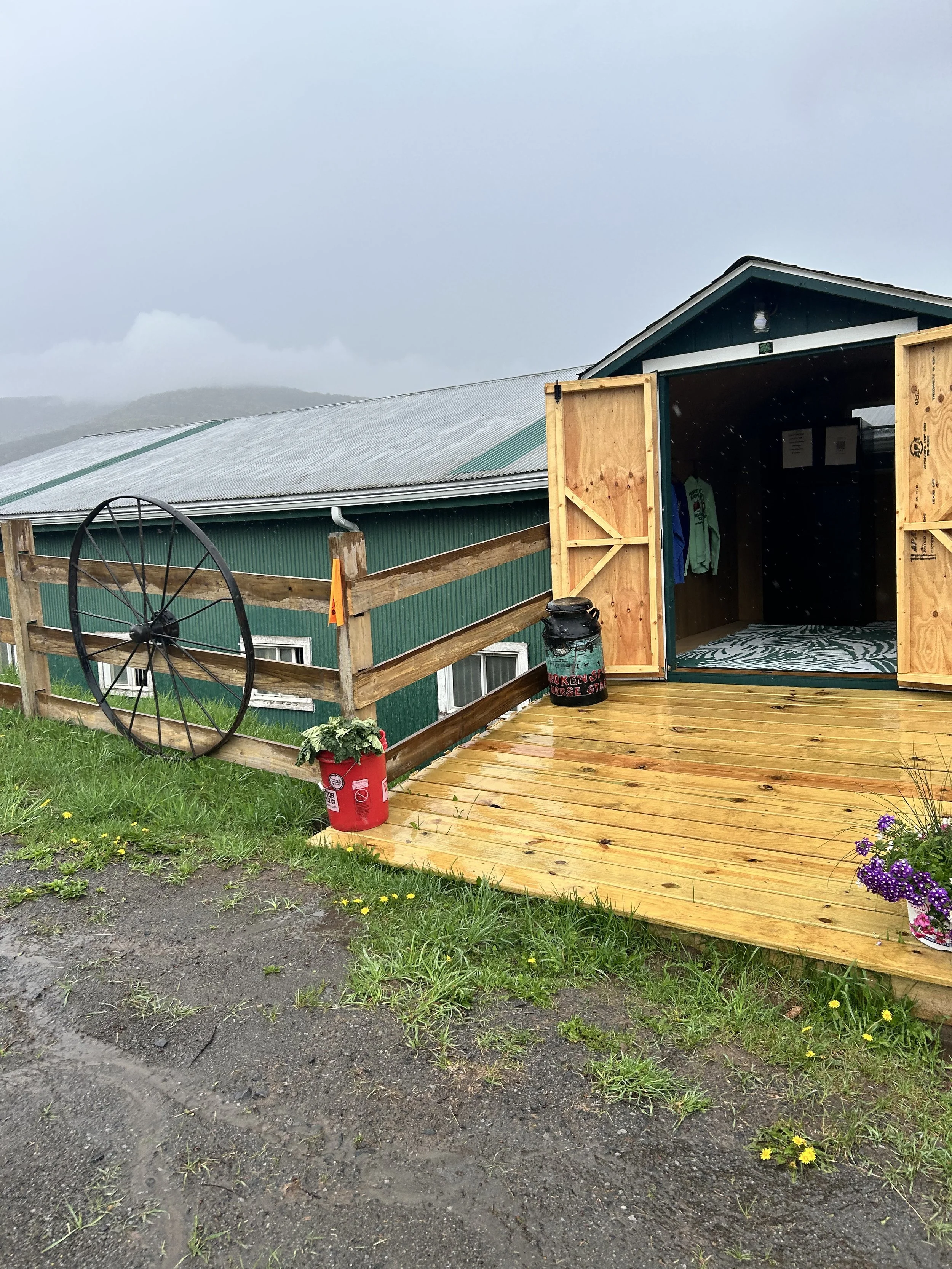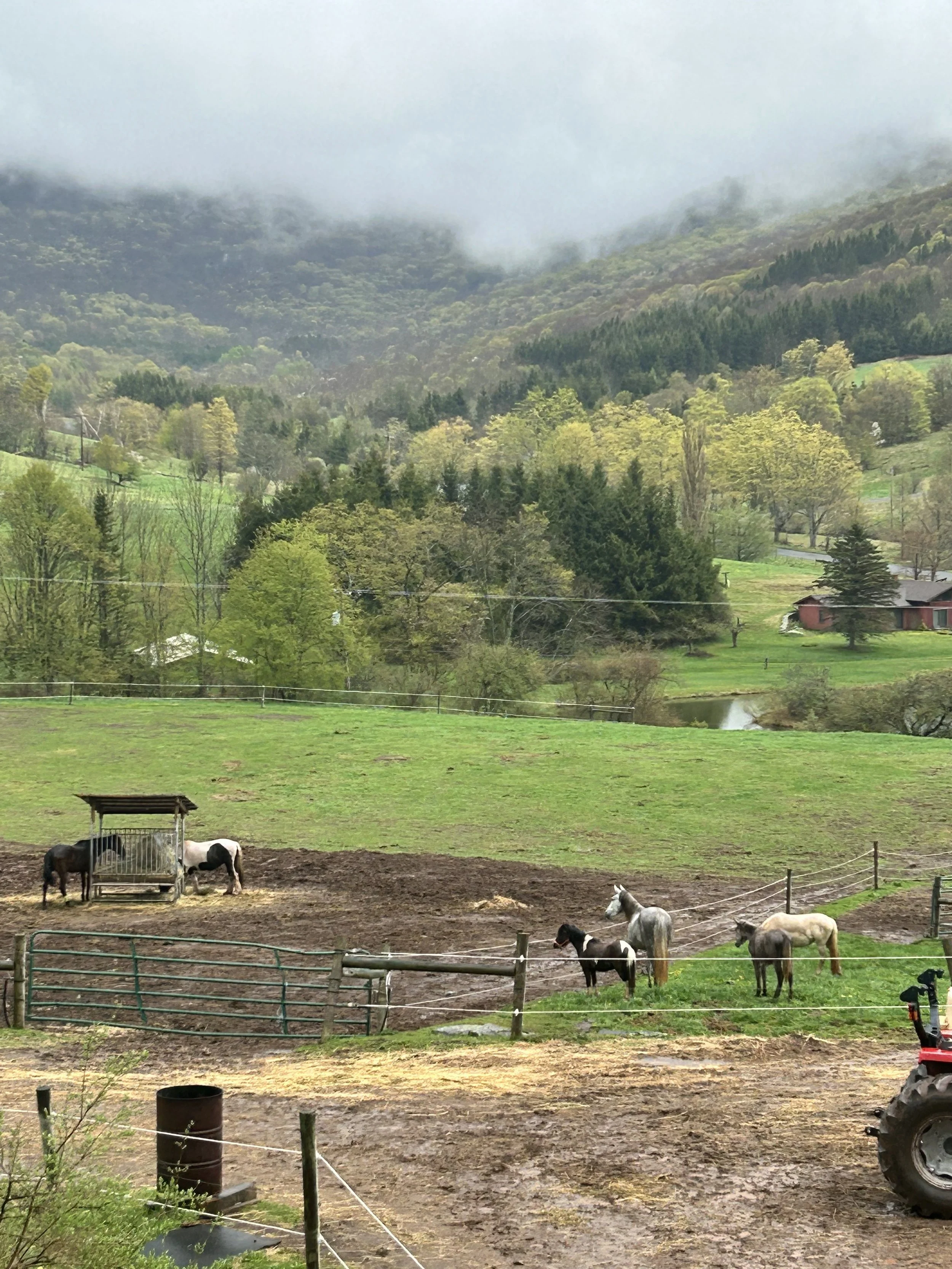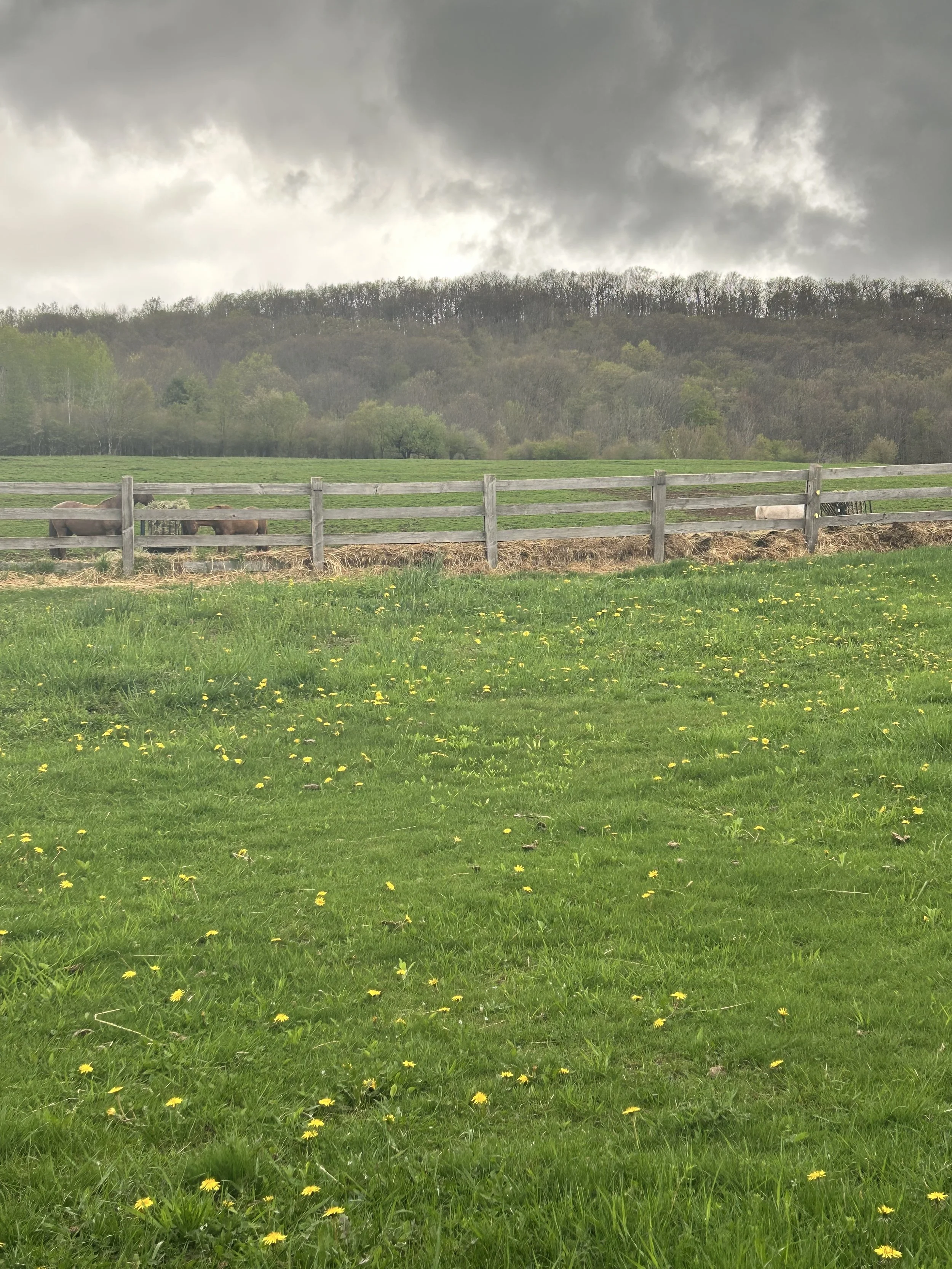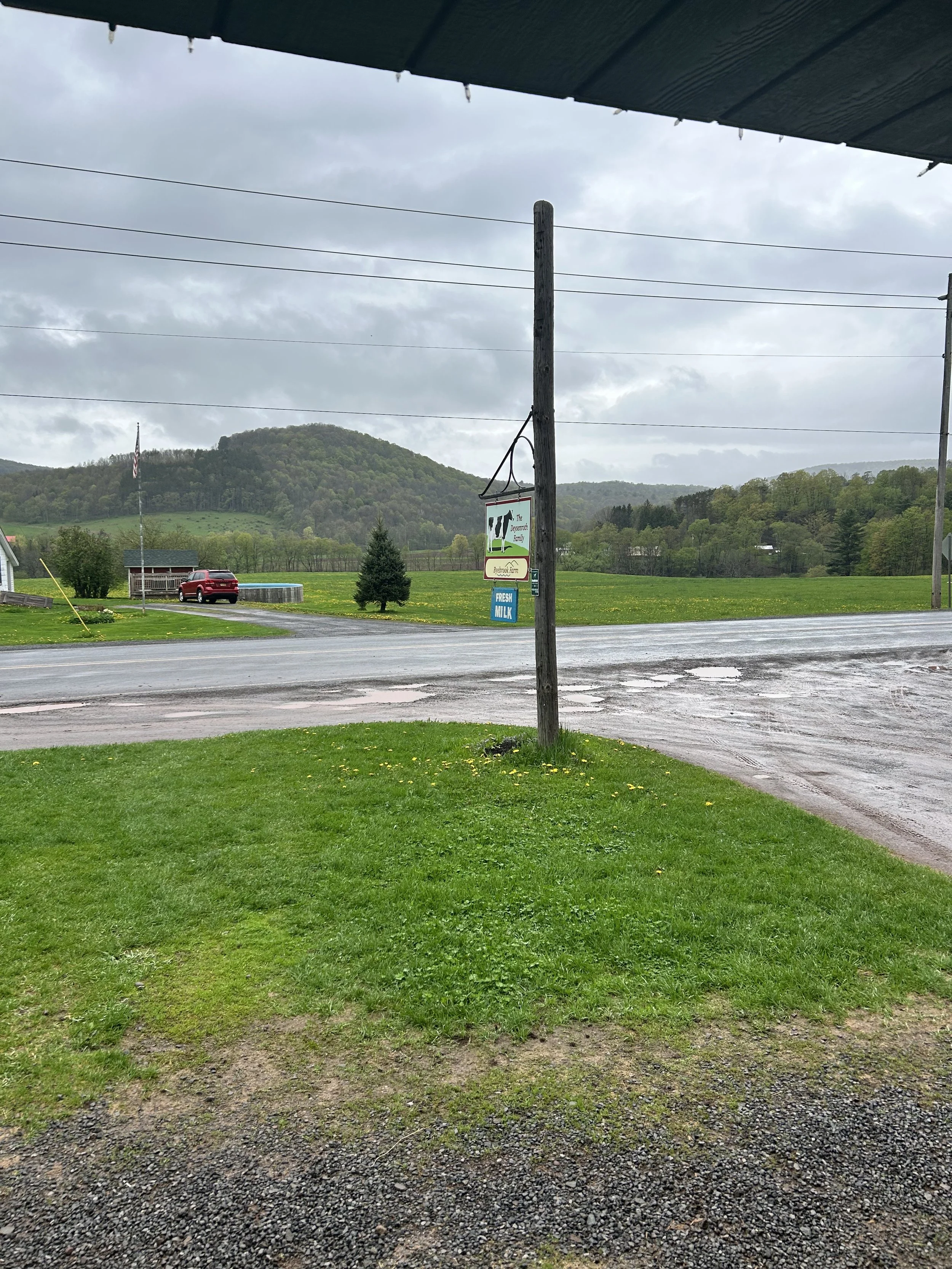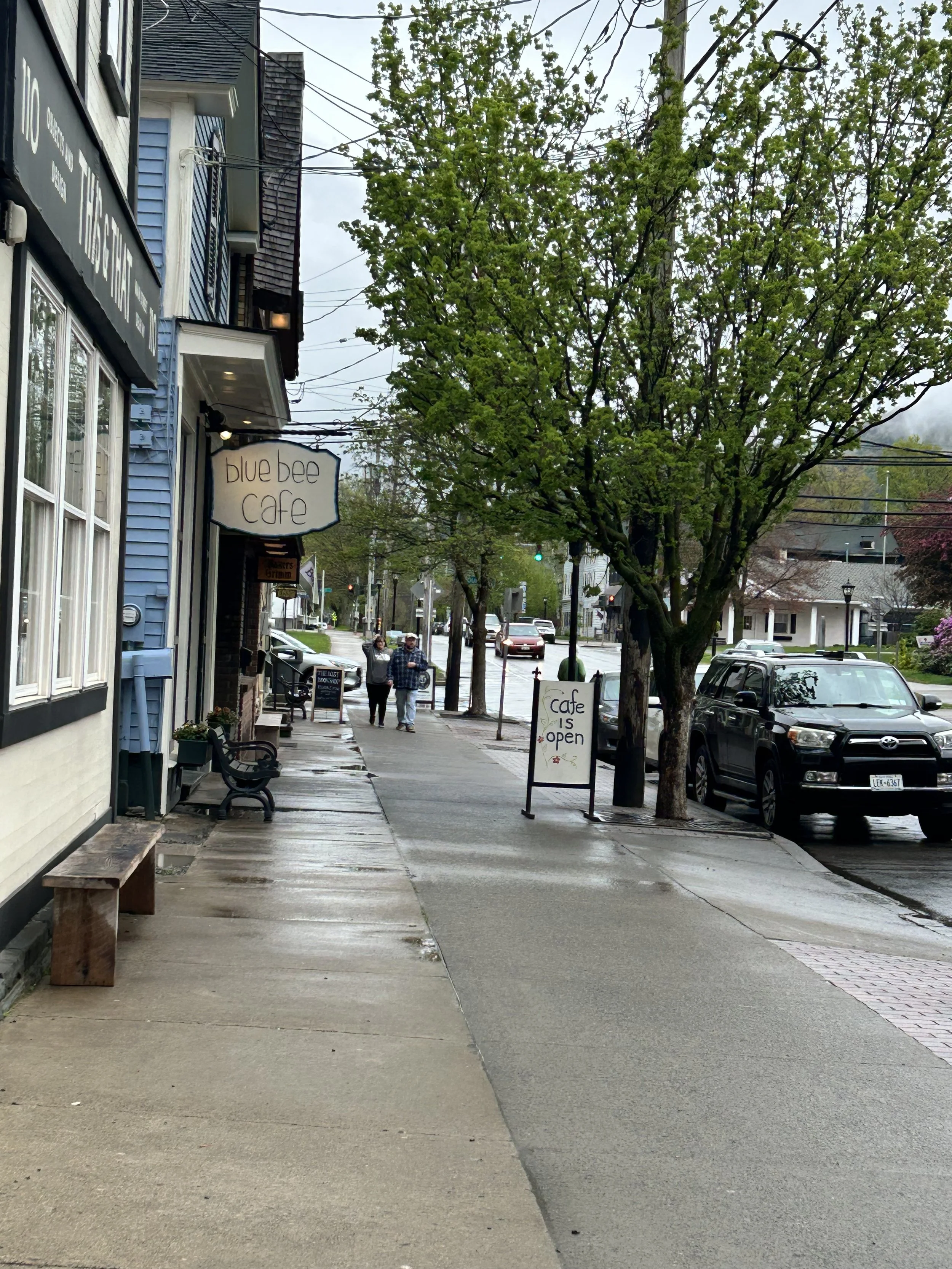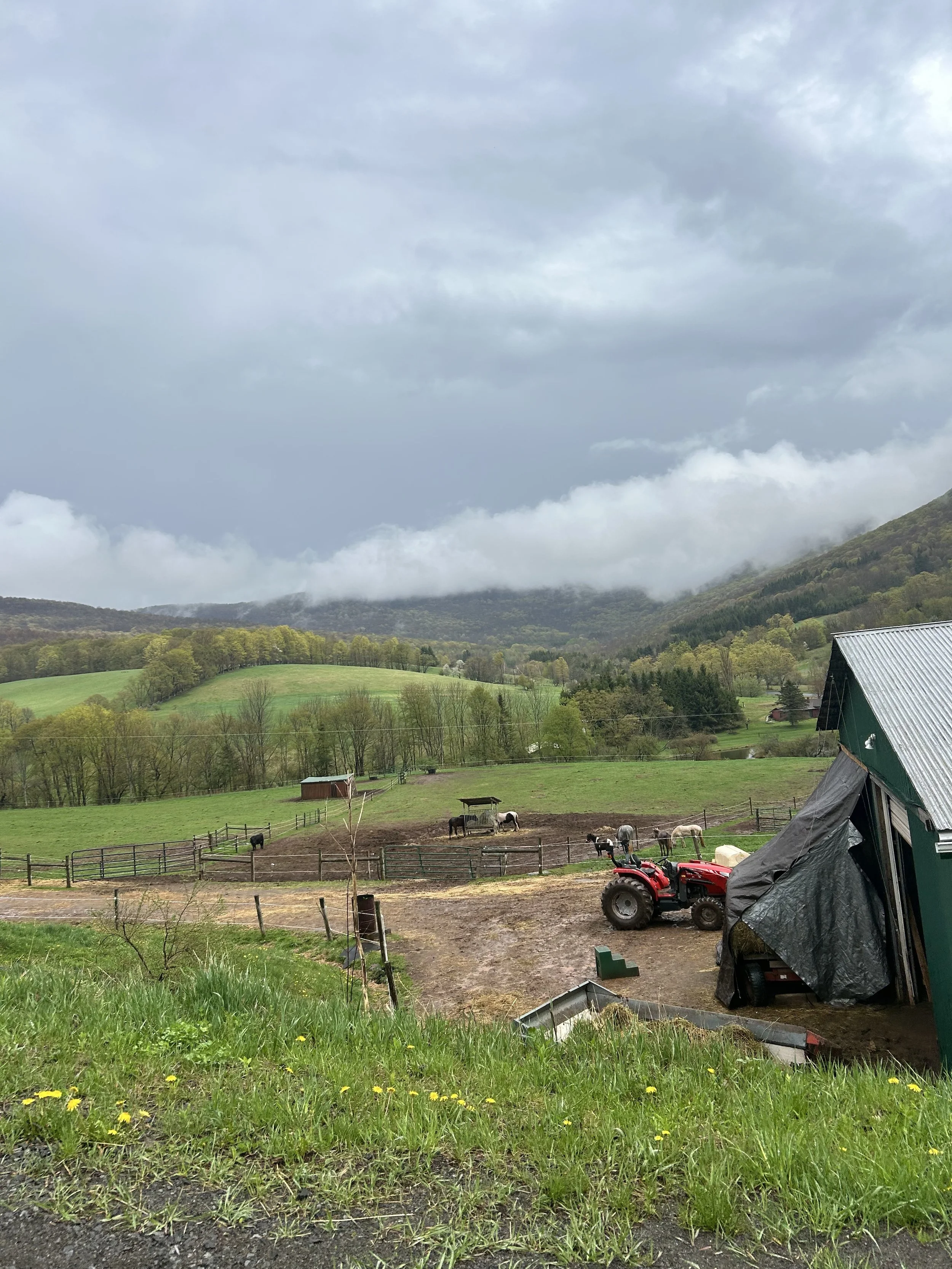Gentrified Goods and Shifting Grounds: A Weekend in Bloomville, NY
My husband and I had been looking forward to our trip to Bloomville, nestled in the northern Catskills, with the kind of excited curiosity reserved for destinations promising both charm and good cheese. We’d planned the weekend around a visit to First Bloom, Alison Roman’s much-anticipated store, drawn in by the promise of rustic elegance, fresh provisions, and that familiar culinary wit Roman brings to her recipes. But what we found instead was something more complicated—and, frankly, unsettling.
The town itself is beautiful, a postcard of rolling hills, clapboard houses, and quiet roads. But beneath the surface, there was a current we couldn’t ignore: the buzz of gentrification, unmistakable and invasive. At First Bloom, the aesthetics were carefully tuned—linen curtains, hand-thrown ceramics, refrigerator shelves lined with jewel-toned preserves—but the food was underwhelming. The bread was fine. The eggs were eggs. The jam was forgettable. What lingered wasn’t flavor, but the price tag. It cost more, tasted like less, and left us wondering who, exactly, this store was meant for.
We spent the rest of the weekend wandering between farm stands and small stores, places less designed for Instagram than for actual sustenance. We found bread with life in it, sharp raw milk cheeses, eggs that glowed yolk-yellow. We met farmers who answered our questions with the casual authority that only comes from doing a thing well, over and over, for decades. Their goods weren’t cheaper because they were lesser, but because they weren’t surrounded by the curated illusion of scarcity or trend. They were simply food.
At the horse sanctuary where we stayed, the owner spoke candidly about what’s happening in the region. New York City money, she said, was pouring in, and with it came a tide of unfamiliar pressures: rising land prices, boutique businesses, and a cultural shift that was threatening the character—and survival—of deeply rooted local communities. Her concern wasn’t just about economics, but about belonging. About how easy it is for people to mistake commerce for care.
It made me think differently about First Bloom, about the way we—young, white, upwardly mobile people—show up in small towns and reframe them as "finds." Yes, the store brought us to Bloomville. Yes, we spent money in the area. But what kind of economy is being stimulated when that money flows toward novelty rather than necessity? When the people who’ve been farming here for generations see their own food priced out of local reach by imported brand cachet?
Gentrification often disguises itself as revitalization. But revitalization implies life already existed there. The danger comes when we forget that, when we see rural spaces as blank slates rather than as homes, histories, and systems. When we measure value by aesthetic rather than substance.
We drove home from Bloomville with a car full of food, but the taste of the weekend was something more bitter: the realization that even our well-intentioned enthusiasm can participate in displacement. That class mobility, for some, means motion; for others, it means erasure. And that sometimes the most thoughtful thing we can do in a place we love is to resist the urge to remake it in our image.
Further Reading:
When Nowhere Becomes Somewhere: Gentrification in Rural America
Rural Gentrification and the Processes of Class Colonisation
Understanding the Impacts and Implications of Rural Gentrification in the American West
When Gentrification Comes to Small Towns
These resources delve deeper into the complexities of rural gentrification and its impact on longstanding communities.


